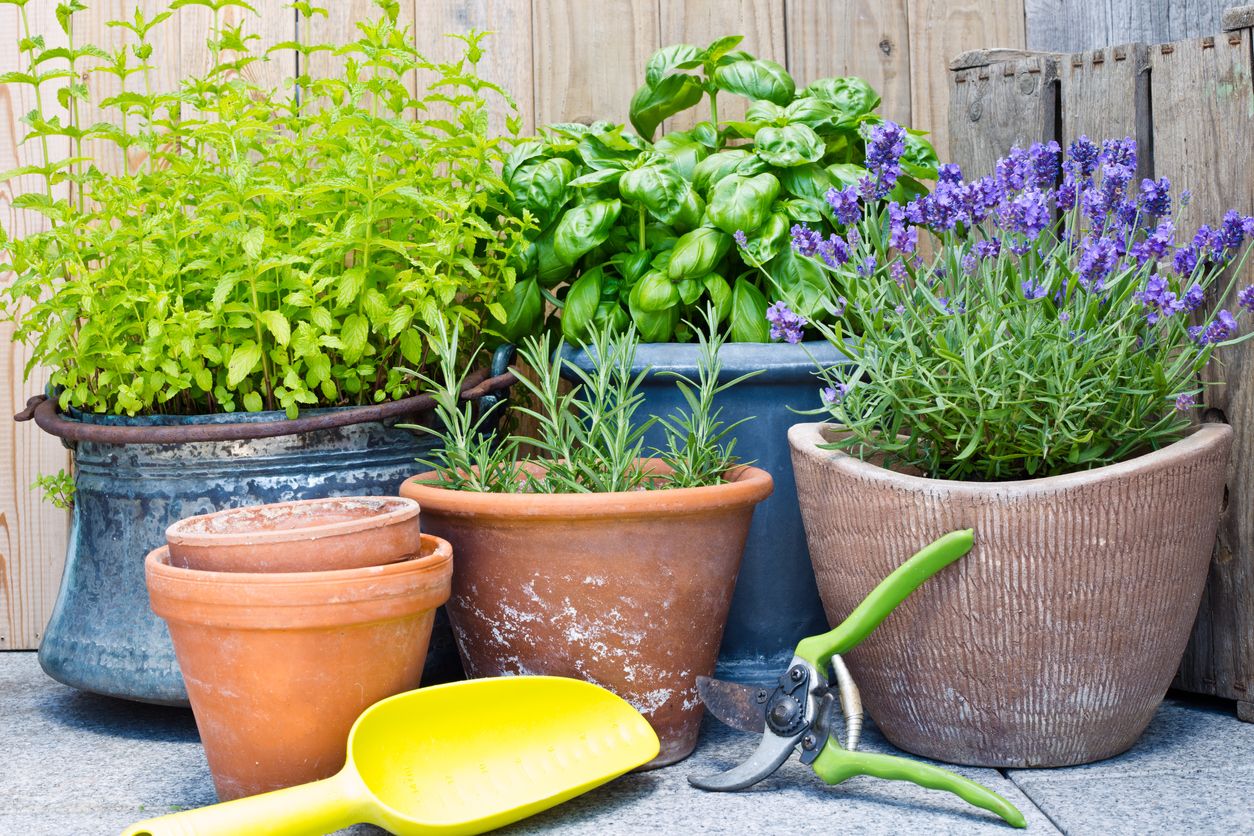Pest deterring companion plants by region

Many home growers rely on pesticides as a simple method of protecting their plants from being destroyed by invaders, but these chemicals are incredibly expensive and bad for our health and the environment.
Why growers should avoid pesticides
In cases where pesticides are applied time and time again, they slowly become less effective, which could be problematic on bad years when you’re overrun with garden pests and in need of a more powerful tool. This is likely because these chemicals accumulate in the bodies of all living creatures. Pesticides also play a significant role in the devastation of pollinator insect populations, while runoff taints precious groundwater and poisons local wildlife, and excessive use of these chemicals can have a dangerous impact on humans.
Toxicity of pesticides in humans
According to one article published in Trends in Analytical Chemistry, pesticides are putting people at greater risk of both poisoning and disease. No matter how you look at it, these products are toxic and should be avoided at all costs because there are much better and safer ways to manage plant pests, like certain companion plants.
How it all started
Long before we had access to harsh pesticides, humans realized that some plants emit noxious smells, positions or flavours, all of which are unpleasant for garden pests. Thousands of years ago, people began utilizing these deterring plants by growing them alongside important crops that needed protection. Though it’s difficult to say exactly when the practice started, companion planting was born, and it’s a method many farmers and non-farmers have implemented ever since.
Pest deterring plants by region
When you make the decision to keep plant pests at bay with companion planting, you’re using a gardening technique that’s been implemented for generations, and it’s backed by science. Selecting the appropriate deterring plants for your region is easy, but if you’re not sure where to begin, then you’ll love this list that covers every planting zone in the US.
West
In the western part of America, hot, dry climates are the norm, paired with minimal rainfall, which means that you’ll need companion plants that are strong and drought resistant.
Sunflowers (Helianthus)
This is a trap plant species that works great against hungry, hard-bodied plant pests like beetles.
Rosemary (Salvia Rosmarinus)
Rosemary repels most soft-bodied garden pests, including slugs and snails.
Lavender (Lavandula)
This beautifully smelling companion plant can deter garden pests big and small, including deer and insects.
Midwest
With significant shifts in temperature and freezing cold winters, those who reside in the Midwest will require deterrent plants that are built to withstand such low temperatures. Luckily, due to the many planting zones in this region, there are still several suitable choices.
Borage (Borago Officinalis)
This hardy companion plant is disease resistant, and it repels pests that are often drawn to vegetable gardens like cabbage worms. The herb, which is also known as Starflower, is also great for pollinator species and the perfect addition to a garden salad, thanks to its edible flowers in late summer.
Common chrysanthemums (Chrysanthemum x morifolium)
These flowering plants release potent chemicals called pyrethrins, which act as natural pest control. They can also work against non-garden pests like bed bugs, ticks, or fleas.
Nasturtiums (Tropaeolum)
This is one of the strongest deterrent companion plants in this region, and it works against small insects like whiteflies and squash borers.
North
It can be a challenge finding plants that will both grow and thrive in such frigid temperatures as are found in the North, but there are several pest deterring types to choose from.
Garlic (Allium Sativum)
This herb is useful in the kitchen and an effective deterrent for small mammals and rodents including gophers, mice, rats, moles, and voles.
Catnip (Nepeta Cataria)
Catnip has such potent pesticide qualities that some scientists theorize it could be just as effective at keeping mosquitoes and fruit flies at bay as DEET.
Marigolds (Calendula Officinalis)
These beautiful flowing plants are great for aesthetics and they’re useful for warding off nematodes, plant destroying worms that can wreak havoc on any garden.
South
If you live in the South, then you’re no stranger to high humidity, tropical heat and storms, which calls for blight-resistant companion plants. Here, the fungus and mould spread like wildfire, something that these hardy perennial types have no trouble surviving.
Daffodils (Narcissus Poeticus)
These flowers bloom in early spring, they’re perfect for deterring small rodents like moles, and they’ll keep on coming back year after year.
Evening Primrose (Oenothera Biennis)
This is a native plant that works as an effective trap crop for Japanese beetles by attracting them away from a garden – an important distinction as most on this list are protectors that are safe to keep in close proximity.
Petunias ( Petunia x Hybrida)
Petunias are a flowering pest deterring plant that gets rid of many different invaders, including aphids, hornworms, and squash bugs.


